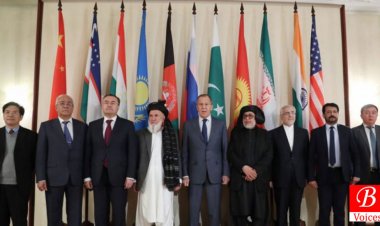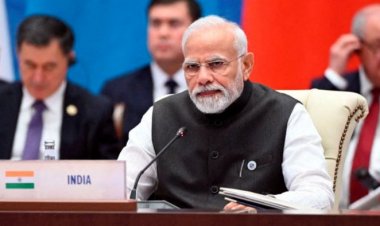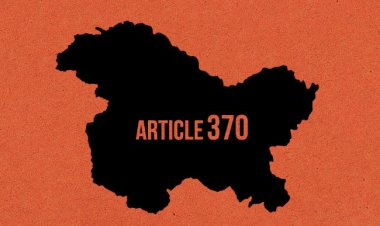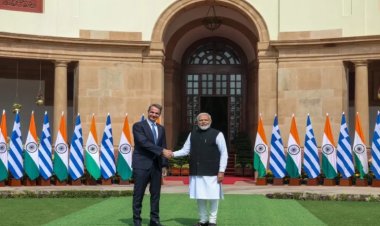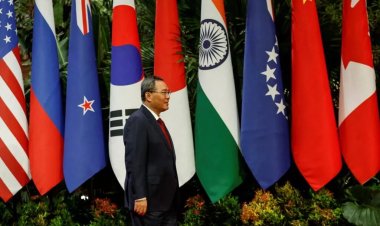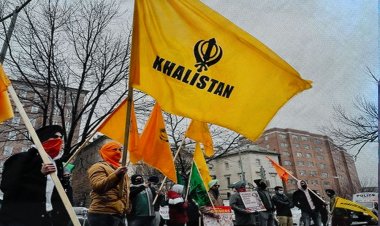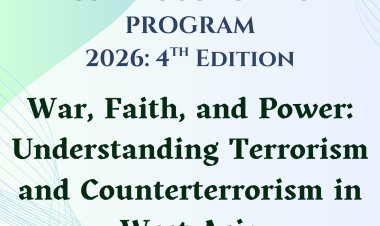The Message for India in President Xi Jinping's visit to Tibet
The unannounced visit of Chinese premier Xi Jinping to the autonomous region of Tibet had raised a lot of eyebrows in all quarters of the world. The trip which was officially intended to mark the 70th anniversary of the Chinese annexation of Tibet instantly became the subject of widespread commentary and debate.
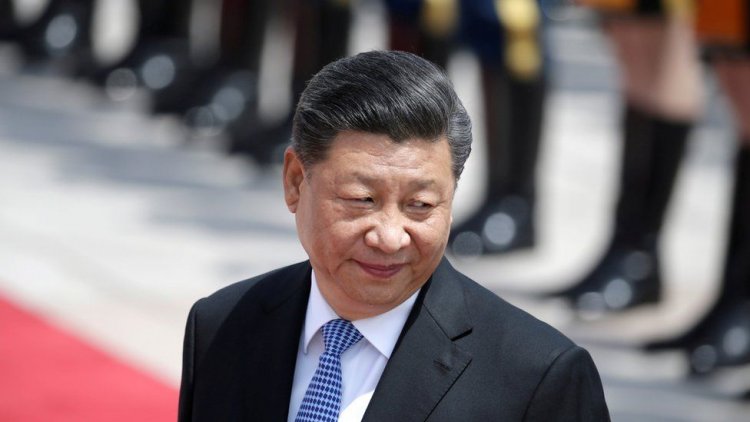
Commentary
By Akshay Kumar
The unannounced visit of Chinese premier Xi Jinping to the autonomous region of Tibet had raised a lot of eyebrows in all quarters of the world. The trip which was officially intended to mark the 70th anniversary of the Chinese annexation of Tibet instantly became the subject of widespread commentary and debate. This was Xi Jinping’s first tour to the region after assuming the all-powerful leadership position in the country and also by any top Chinese leader in almost three decades. In India, Xi’s visit made immediate headlines and raised alarms as it came at a time when tensions between the two countries are considerably high following the Galwan clashes. Rightly so—the presence of the Chinese leader in a region which has a tumultuous history between the two nations has direct consequences for India. Tibet has witnessed a long streak of Sino-Indian military clashes (including a full-fledged war) and also remain a frictional point over the patronage of Tibetan spiritual and cultural heritage. Therefore, India needs to closely introspect Xi’s visit for both implicit and explicit messages directed towards it.
At the very outset, the itinerary of the trip itself has a visible message for India. The Chinese primer embarked on his journey from Nyingchi where he was welcomed by an entourage of traditional Tibetan reception. It was no coincidence that Xi chose this location which is only 15 km away from the Indian border and harbours the largest Chinese military base in Tibet. In a normal scenario, a visit from a state leader to its peripheral region would have been a regular exercise. But this region has for long been a bone of contention between the two countries and China has also periodically denied India’s sovereignty over Arunachala Pradesh. Therefore, visiting this place was no ordinary affair. Xi is looking to ‘up the ante’—especially since territorial conflict is at the helm of bilateral engagement between the two countries.
As far as the Nyingchi visit is concerned, Xi gave a clear warning to India by highlighting Chinese leverage in the region. In this regard, two events during this trip are of special consideration for India; the inspection visit to Nyang river bridge and the travel through the newly built Nyingchi-Lhasa railway line. By visiting a place where a mega-dam is proposed, against India’s interest, and travelling through a rail line having high strategic and military utility, Xi wanted to showcase India of its vulnerabilities and his ability to tighten the noose at his disposal. This strong power posturing by Xi near Arunachala is also part of the Chinese intimidation to signal that they have the upper hand at the eastern borders, which fits in the larger discourse of current border tensions.
Since the border clashes last year in Ladakh, India has surprised China with its offensive counter military measures. Apart from the tactical proactiveness on the ground, India has rapidly modified its military strategy at LAC through heavy forward deployments. This has caught China off guard and allowed India to push back and resist Chinese aggression in the western sectors of the LAC. Therefore, there is no surprise that China is threatening India at a place that it considers as the weakest point in the Indian defences. The border and military issue with India remain the fulcrum of this tour and from at least the Indian point of view, the posture from Xi in this regard was explicit. This is also evident from the fact that on multiple occasions during his trip, Xi reiterated the vitality of ‘border consolidation’ in pursuit of his vision of greater rejuvenation of the Chinese nation.
Besides the military element, Xi Jinping’s visit to Tibet also has relevant religious and cultural connotation which India need to closely look at. From traditional welcome using white scarves to visiting important Buddhist religious places, Xi strongly tried to resonate his identity with the spiritual and religious leadership in Tibet. This is important in the context of long-held insecurities within Chinese leadership regarding the distinct Tibetan identity which is often seen at odds with Sinicization goal of the atheist communist state. China has repeatedly attempted to control and manipulate Tibetan Buddhism to assert its authority over the region and its population. Therefore, it was no surprise when in his speech at Patola Palace – the winter home of Dalai Lama—Xi called for guiding Tibetan Buddhism towards adapting to socialist society.
Meanwhile, India has shown a greater acceptance and sensitiveness towards the Tibetan unique culture and religion, which has constantly irked China. India not only hosts Dalai Lama and thousands of Tibetan refugees, but it is also the home to a parallel Tibetan government in exile. This, in many ways, threatens Beijing’s ‘ultimate authority over Tibetan affairs and also remains a point of friction between the two countries. Though India has largely avoided using Tibet as a bargaining chip in broader bilateral engagement with China, it certainly allows New Delhi with some soft power leverage. Recently, the Indian Prime Minister also wished Dalai Lama publicly on his birthday, which he has routinely avoided previously. Therefore, through his visit, Xi tried to counter India and signalled that he is in total control of Tibetan spiritual and cultural matters, and by extension also holds supreme political influence in Tibet.
However, irrespective of the messages which Xi deliberately wanted to give India, his visit also gives a crucial sneak peek into the mind of Chinese leadership which India needs to carefully observe. First of all, the secretive nature of the trip, which was only announced after it was over, gives prudence to the fact that China still doesn’t have full security control over Tibet, which it otherwise claims. Also, during the tour, local Tibetans were subjected to high surveillance with almost curfew-like restrictions in certain parts of Lhasa. This further provides impetus to the above notion and also magnifies the Chinese distrust towards the Tibetan population. The repeated mention of stability, border consolidation and socialization of Tibetan culture highlights the cracks in Chinese national unity, at least in Tibet. Therefore, Xi Jinping’s trip to Tibet could also be interpreted as a desperate attempt to mask the weakness and failure of CPC to fully assimilate Tibet even after seven decades of rule.
To conclude, it can be said that the underlying rationale behind Xi’s visit to the region had a strong message for India. However, India also needs to pragmatically filter out the real threats from mere propaganda and PR posturing. For instance, the stress on border area development during the tour is in perfect alignment with Chinese construction and infrastructure development near the LAC (including village inhabitation) in recent years. Since last year, New Delhi has taken a tougher stance towards China, which in many ways has frustrated the Chinese leadership. And the enigmatic way in which the Chinese premier came to the region further proves that Tibet is a cause of anxiety for China. Therefore, this tour can provide crucial evidence to assess Chinese strategy and could further help in enriching and improvising the Indian response.
Akshay Kumar is a Research Intern with the Usanas Foundation.
Disclaimer: This paper is the author’s individual scholastic contribution and does not necessarily reflect the organisation’s viewpoint.


